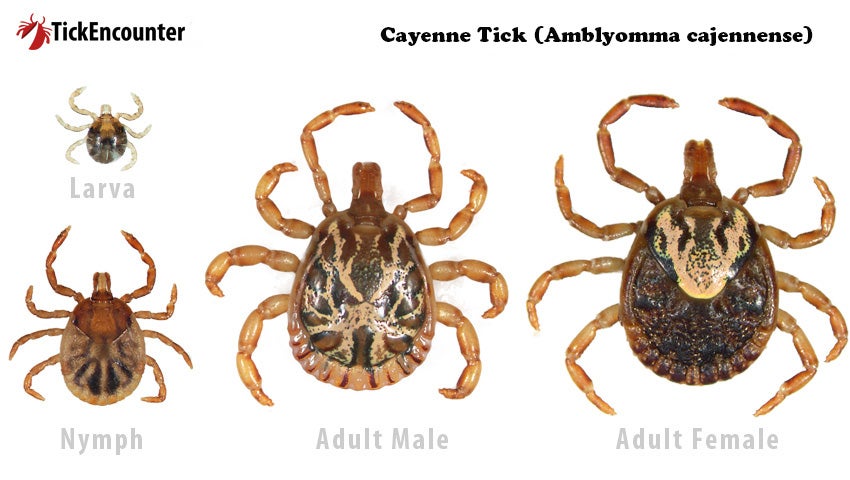
Overview
In the United States, Cayenne ticks are found only in shrub and brushland habitats of southern Texas but there are sporadic reports of finding this tick, especially on horses in other states bordering the Gulf of Mexico. They are more commonly distributed south throughout various parts of Central and South America and the Caribbean.
Field Notes
Adult stages have long mouthparts and are most commonly associated with horses, although they also attack deer, cattle, feral swine, livestock, dogs, and humans. Nymphs and larvae feed on turkey, quail, rodents, medium-sized mammals, and humans. These aggressive ticks are now recognized to belong to a complex of 6 similar species, most of which only occur further south in Central and South America to Argentina and southern Brazil. Rarely encountered in the United States. Often confused with Gulf Coast ticks (Amblyomma maculatum).
Life Cycle Stages
Adult Female
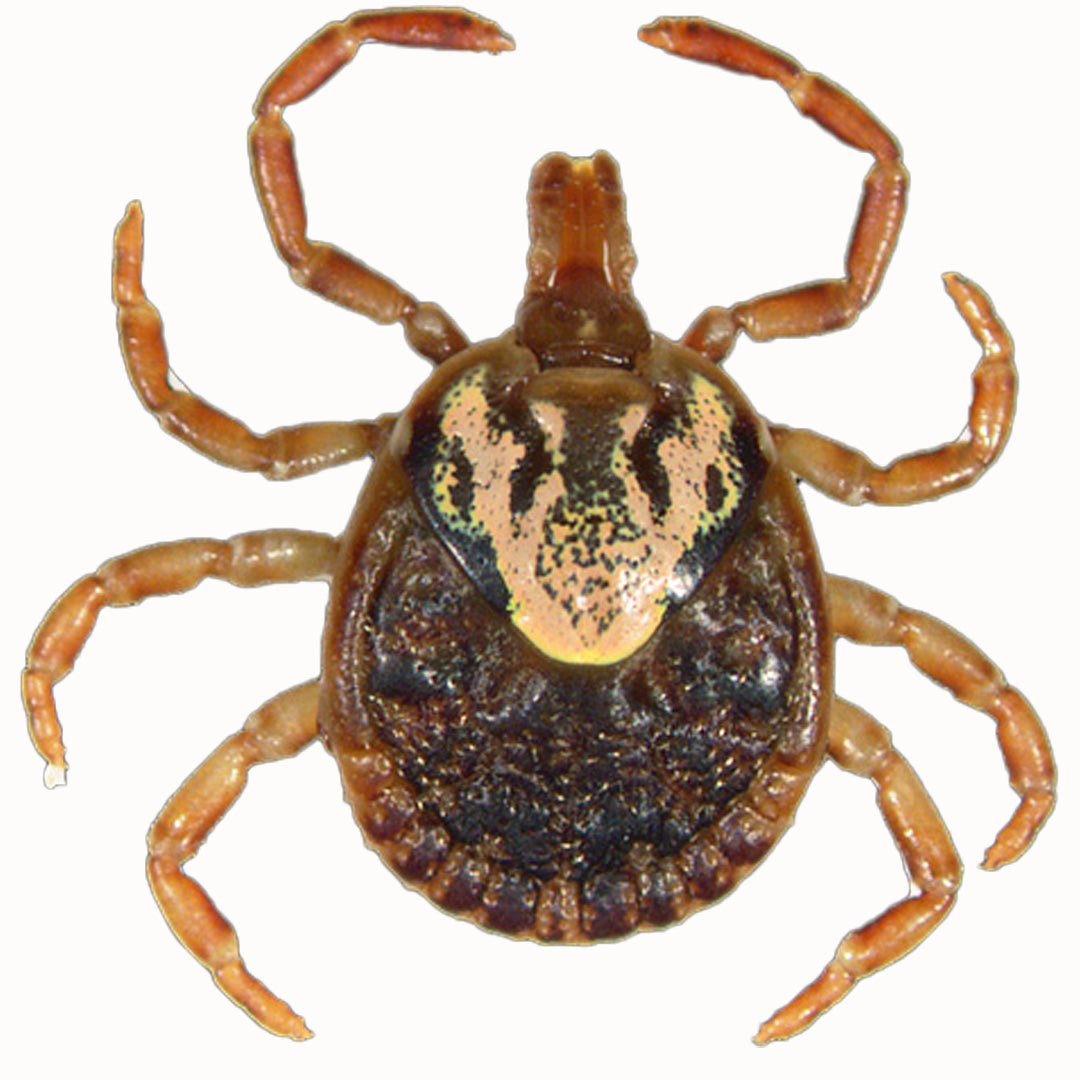 Top
Top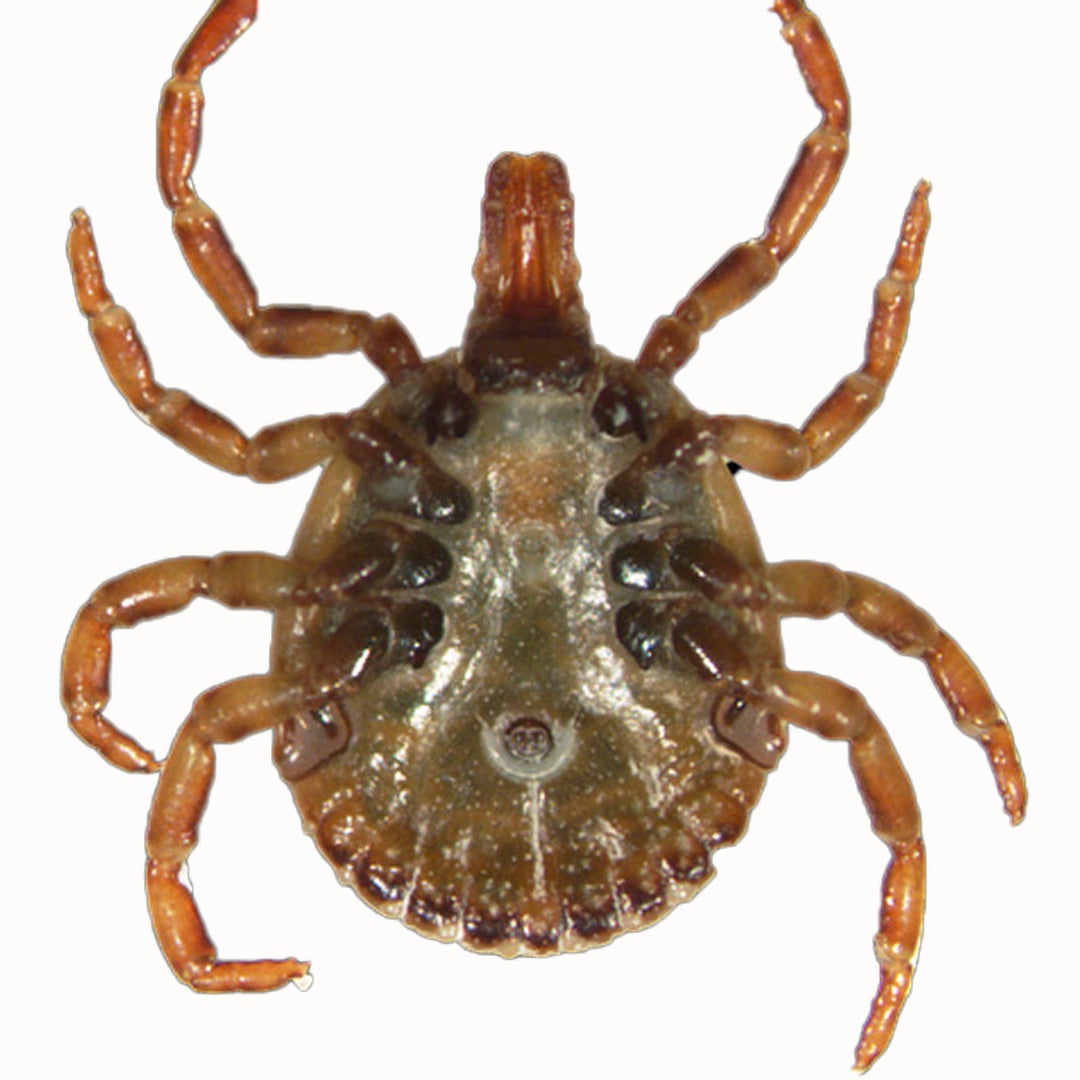 Bottom
BottomSouthwest Central Region
Encounter Risk
No encounter data for this region at this time.Known Diseases Transmitted
No known diseases in this region at this time.
Adult Male
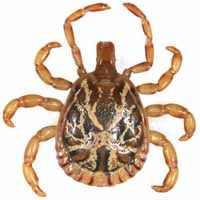 Top
Top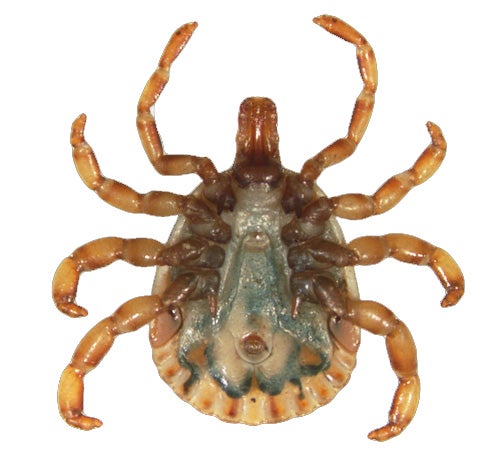 Bottom
BottomSouthwest Central Region
Encounter Risk
No encounter data for this region at this time.Known Diseases Transmitted
No known diseases in this region at this time.
Nymph
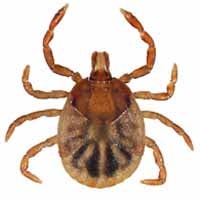 Top
Top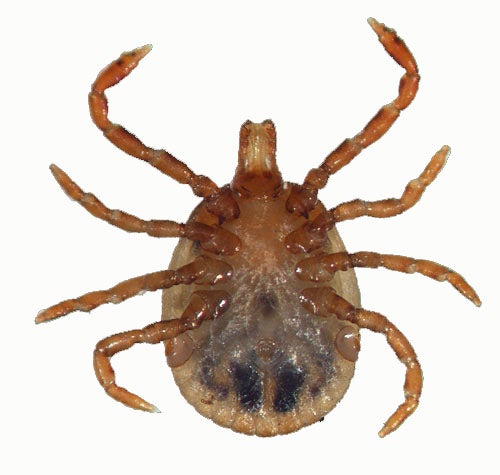 Bottom
BottomSouthwest Central Region
Encounter Risk
No encounter data for this region at this time.Known Diseases Transmitted
No known diseases in this region at this time.
Larva
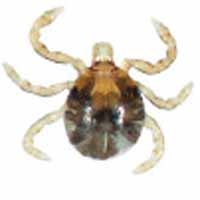 Top
Top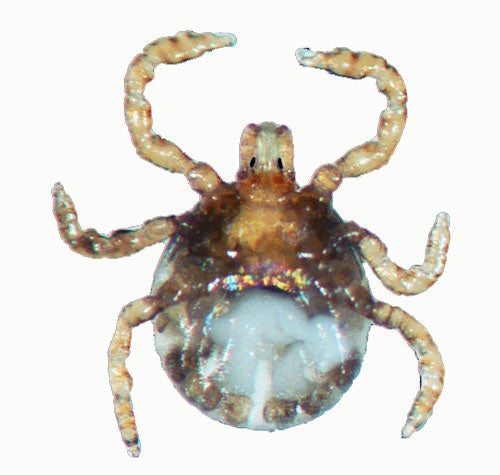 Bottom
BottomSouthwest Central Region
Encounter Risk
No encounter data for this region at this time.Known Diseases Transmitted
No known diseases in this region at this time.
